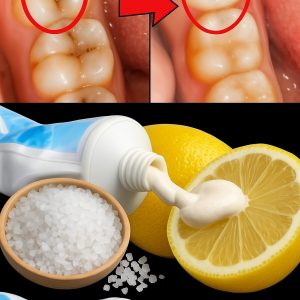Understanding Vertical Ridges
Vertical ridges on your nails—those raised lines running from the cuticle to the tip—are a common occurrence and are usually harmless. These ridges, also called longitudinal ridges, can become more noticeable with age. As the body produces less natural oil and moisture, the nail matrix (where nails grow from) can become less hydrated, making the ridges appear more prominent. For many people, these ridges are simply a natural sign of aging and not a cause for concern.
Nutritional Deficiencies
Sometimes, vertical ridges may indicate an underlying nutritional deficiency. Lack of essential vitamins and minerals—particularly iron, magnesium, and B-complex vitamins like B12 and biotin—can impact nail health. When your body isn’t getting enough of these nutrients, nail growth may slow or become uneven, leading to the formation of ridges. Ensuring a balanced diet with adequate nutrient intake can help support healthier nail growth over time.
Medical Conditions to Consider
Although usually benign, vertical ridges can occasionally signal a deeper health issue. Conditions such as peripheral vascular disease, rheumatoid arthritis, or even thyroid disorders can sometimes manifest through changes in the nails. If the ridges are accompanied by other symptoms such as discoloration, brittleness, or changes in nail shape, it’s worth consulting a healthcare provider for further evaluation.
When to Take Action
In most cases, vertical ridges are a normal part of the aging process and not something to worry about. However, staying attentive to changes in your nails can be an important part of monitoring your overall health. Maintaining a nutrient-rich diet, staying hydrated, and practicing good nail hygiene can support healthy nail growth. If you’re concerned about sudden or severe changes in your nails, it’s always best to seek professional advice.


